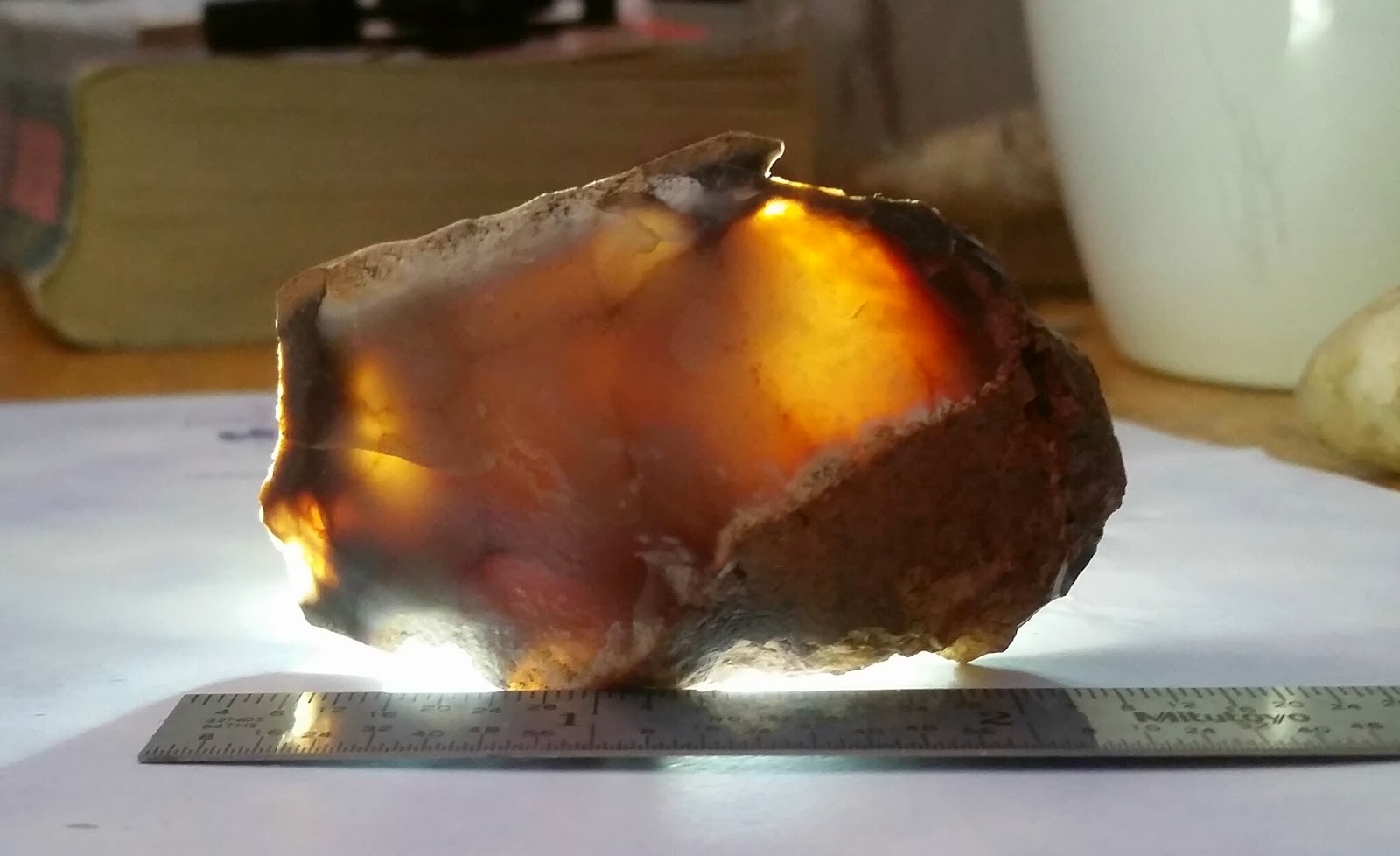Bird sculpture from Arkfeld Site, #44FK732, Clear Brook, Virginia.
The artist exploited white band inclusions through the blue stone to create split tail feather imagery. The sculpture stands upright on a flat base.
Germany bird sculpture, ca. 200,000 years before present
Photograph © Walther Matthes. Matthes, W. (1969). Published in Eiszeitkunst im Nordseeraum. Otterndorf, Gr: Niederelbe-Verlag; (1964/1965). Bild 62. Mousterian context (Neanderthal) artifact from Germany as seen at
Originsnet.org
Gibraltar archaeologist and naturalist
Clive Finlayson stated "Neanderthals were very intelligent, with a very large brain capacity. We have found remains of up to 150 different bird species which give clue to a special relationship with birdlife. If we consider that in Europe there are currently about 400 species of birds, this suggests that they hunted more than 25 percent of species."
The article continues: "Artifacts have shown that not only did they eat birds, but they then went on to use bones as adornment. Raptor bones were found with carved notches, these bones were selected based on colour. The skills were not as elaborate as the American Indians, but the bones, feather and tendons found were clearly used for an aesthetic purpose."







.JPG)

































